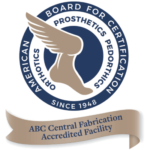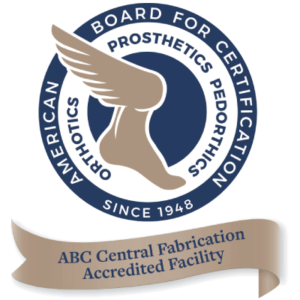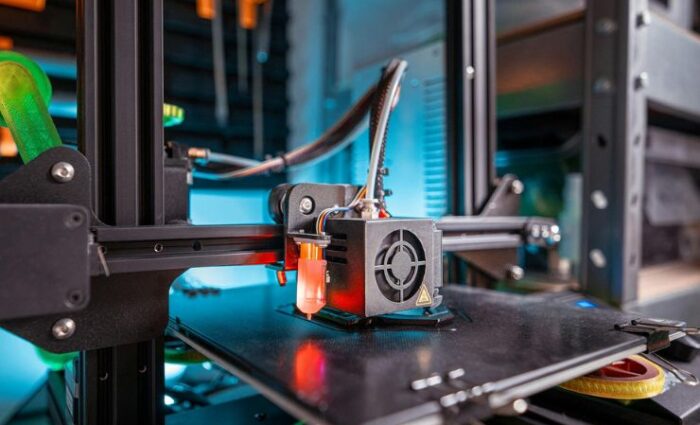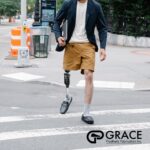How 3D Printing is Transforming Custom Prosthetics
Custom prosthetics have long been vital for restoring mobility and independence to individuals with limb differences. However, traditional manufacturing methods often involve lengthy processes, high costs, and limited personalization. Enter 3D printing—a groundbreaking technology reshaping prosthetic fabrication.
By leveraging additive manufacturing, practitioners now create customized devices with unprecedented precision, speed, and affordability, ushering in a new era of patient-centered and prosthetic care.
Significant Advantages of 3D Printing in Prosthetic Solutions
Unlike traditional manufacturing methods, which rely on subtractive techniques like carving or molding, 3D printing builds prosthetics layer by layer from digital designs. This shift offers several transformative benefits:
- Unmatched Customization: 3D printing enables prosthetists to tailor devices to the exact contours of a patient’s residual limb. Scans and AI-driven software refine digital designs for a perfect fit, reducing the risk of skin irritation and improving comfort.
- Faster Production: From design to final product, 3D printing slashes turnaround times from weeks to days—or even hours—accelerating access to care.
- Reduced Costs & Material Waste: Additive manufacturing uses only the materials needed for each prosthetic, minimizing waste. Lower production costs make high-quality devices more accessible.
- Complex Geometries: 3D printing allows intricate designs (e.g., lightweight lattices or organic shapes) that enhance functionality and aesthetics, which are impossible with conventional methods.
These advancements empower orthotics and prosthetics (O&P) professionals to deliver solutions that align with patients’ unique lifestyles, whether they’re athletes, children, or seniors.
The Custom Prosthetic Fabrication Process: From Digital Design to Reality
The journey begins with a detailed 3D scan of the residual limb, creating a precise digital model. Prosthetists then refine the design using software, incorporating patient feedback on comfort and mobility goals. Artificial intelligence (AI) can further optimize the prosthetic’s weight distribution, durability, and biomechanical efficiency.
Once finalized, the digital design is sent to a 3D printer, which constructs the prosthetic layer by layer using materials like medical-grade thermoplastics, nylon, or carbon fiber composites. This method enables the creation of multi-component devices in a single print cycle, streamlining assembly. Post-processing steps, such as smoothing surfaces or adding silicone liners, ensure the prosthetic is ready for real-world use.
Enhancing Quality of Life Through Innovation
3D printing offers a level of customization that directly improves patient outcomes. For example:
- Children: Rapidly printed, adjustable prosthetics accommodate growth spurts without frequent replacements.
- Active Adults: Lightweight, durable designs support higher levels of physical activity, from running to cycling.
- Complex Cases: Patients with unique limb shapes receive devices that traditional methods might struggle to address.
Additionally, the ability to iterate designs quickly means practitioners can refine prosthetics based on user feedback, ensuring long-term comfort and functionality. Reduced material waste and costs also make custom devices more accessible globally, particularly in underserved regions.
The Future of Prosthetic Manufacturing: AI and Beyond
Advancements in 3D printing technology continue to push boundaries. Innovations like multi-material printing allow softer, flexible components (e.g., grippers for prosthetic hands) to be integrated with rigid structures. Meanwhile, AI algorithms analyze gait patterns and pressure data to refine prosthetic designs dynamically.
Researchers are also exploring biodegradable materials and 3D-printed bionic limbs with embedded sensors, blurring the line between human and machine. These developments promise to further elevate the quality of life for users, offering prosthetics that adapt intuitively to daily activities.
Learn More About 3D Printing Custom Prosthetics with Grace Prosthetic Fabrication
At Grace Prosthetic Fabrication, we harness the power of 3D printing to deliver custom prosthetics that combine precision, affordability, and innovation. Our team collaborates closely with patients and medical professionals to create devices that restore independence and confidence.
Connect with our fabrication experts today.






